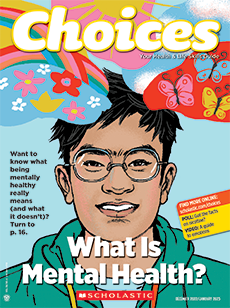Ninety percent of underage drinking is in the form of binge drinking. This article emphasizes both the dangers of alcohol poisoning and the importance of helping others when they’ve had too much.
To recognize the signs of alcohol poisoning, and identify circumstances that require medical attention
